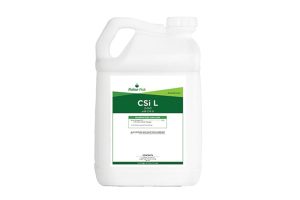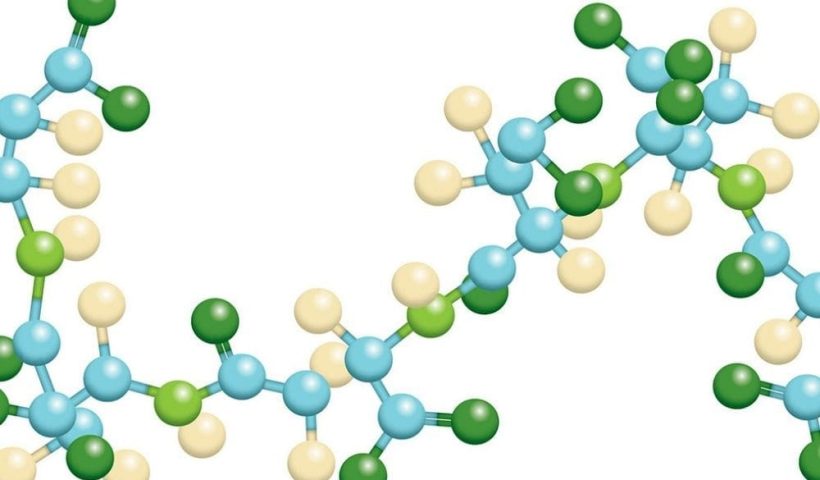“I’ve applied this product [CSi L] before putting down flooring for a big concert and actually had trouble getting the flooring to settle in due to how stiff and turgid the grass had responded. I usually get some turf damage from the flooring we put down, but after spraying CSi L, I walked away with absolutely no damage. I am sold.” (Mitch Hooten)
Mitch’s comments are typical for many facilities that take advantage of what CSi L delivers. The end result realized is generally standing up to traffic and summer stress through turgidity. The short answer to why he’s seeing these results is keeping water in turf cells, and promoting pre-cursors to healthy plants. This not only helps the plants to literally stand up to traffic stress, but with a healthier plant, the stand is able to photosynthesize and create energy during times of maximum stress and summer decline. That said, I wanted to dig deeper into the science of “why” he’s realizing these results. Let’s focus on what CSi L is actually doing within the plant:
Foliar Pak CSi L

CSi L was re-formulated a few years ago. Since it’s (re) introduction, it has proven to be one of our top technology, best field performing, and most popular products. Si products have been out for years. Some have had greater success than others, but there has always been a question of how these products will do in the tank. CSi L is a true solution. This is important for two reasons. The first is it makes for great tank mix compatibility. We’ve had zero issues with tank mixes and our Si product. The other importance of being a true solution is that plants “drink” fertilizer (whether foliar or root absorbed); they don’t “eat” it. This is to say nutrients must be in solution to be taken up by the plant. CSi L is ready and good to go!
When it comes to how the product creates and maintains turgidity, it’s a 3-prong approach.
The first prong is the obvious one of Si. Turf managers have used Si for years to help with cell integrity and turgidity. The mode of action, if you will, is the Si plays a role in acting as ”glue” between cells, as well as promotes cell wall strength and integrity. Both these functions serve to improve traffic tolerance and stand up to summer stress.
The second and third prongs both have to do with the specific amino acid that is formulated with the Si. All 17% of the aminos in this product hail from an amino acid that is one of the strongest osmolytes known to turf, thus the second prong. Osmolyte is a fancy term for “good salt”. The idea here is to load as many of these osmolytes within the vacuole of the cell. If we can do so, water flows to that higher concentration, from outside the cell to inside the cell. This causes our cells to be full (turgid) and healthy. This also helps to flex open guard cells, helping other inputs to more effectively enter the plant, such as PGRs and fungicides.
Hydrating/maintaining hydration in cells, is the main function of the aminos in this product.
The final prong, in the approach to create and maintain turgor pressure, is that of the actual structure of the amino acid used in CSi L. The aminos in this product are the only ones that have a “cyclic/brick like” structure. This becomes important if we start to lose the battle of maintaining water within the cell. If we’ve loaded these “brick-like” aminos in the vacuole of the cell, then start to lose that “water battle” to salts outside the cell, the vacuole will only collapse to where those “brick like” aminos exist. Imagine a water balloon filled with bricks. Now we start to let water out of the balloon. The balloon will only collapse as far as those bricks.
Again, Mitch’s comments are indicative of most CSi L users in the field. I wanted to take the time to go over the science behind what is producing the results he’s realizing. With the amino acid technology we have today, we’re able to target specific amino acids, formulate them with specific nutrients, and realize specific and targeted end user goals. In this “Behind the Science” example, we were targeting the end user goal of creating and maintaining turgidity.



